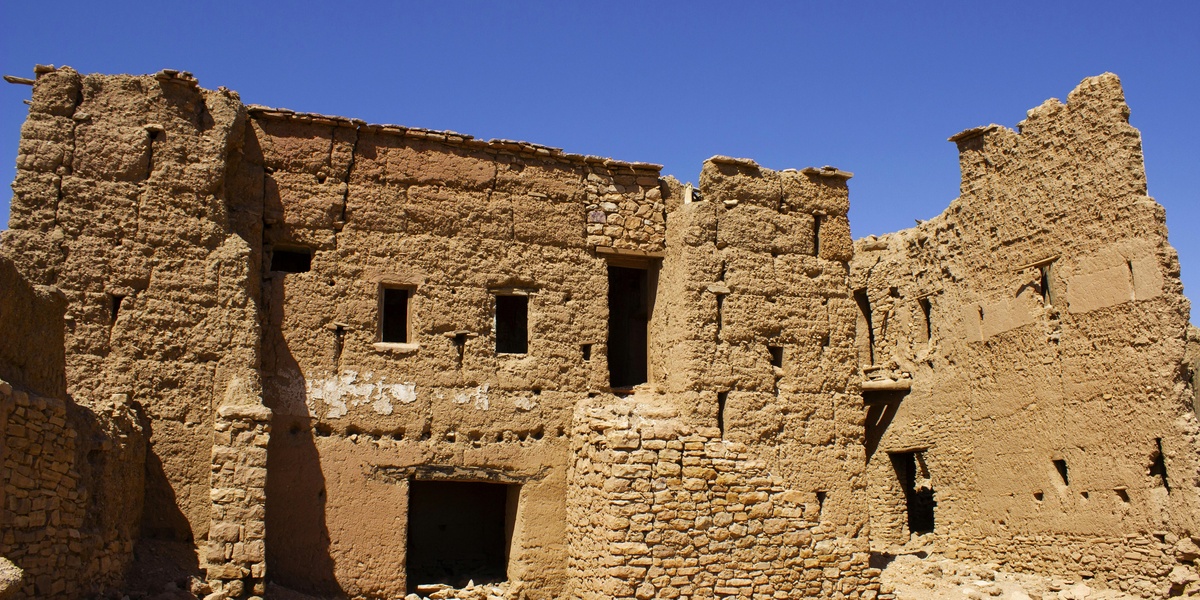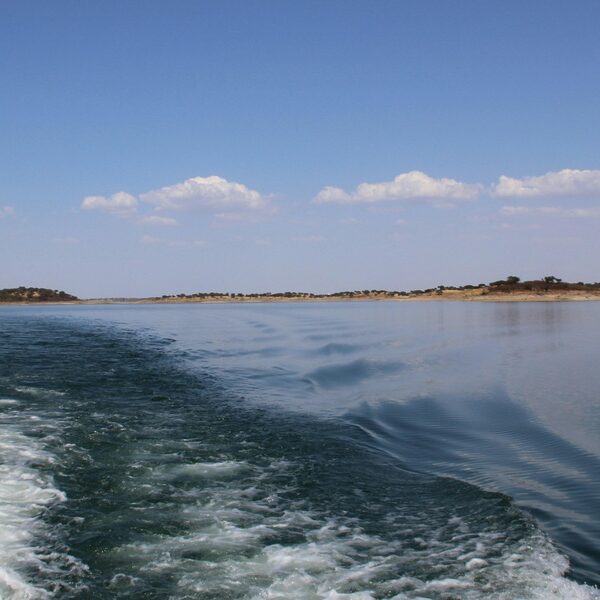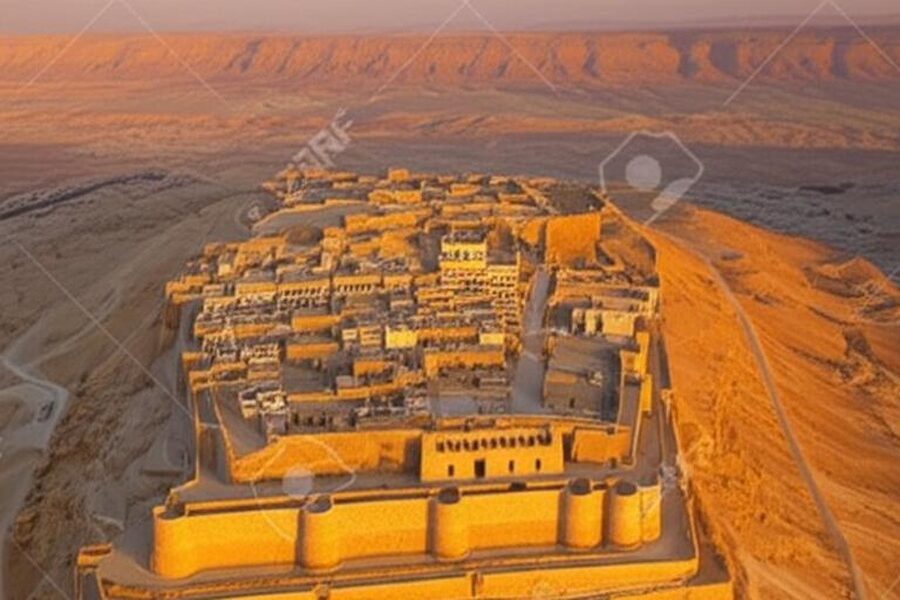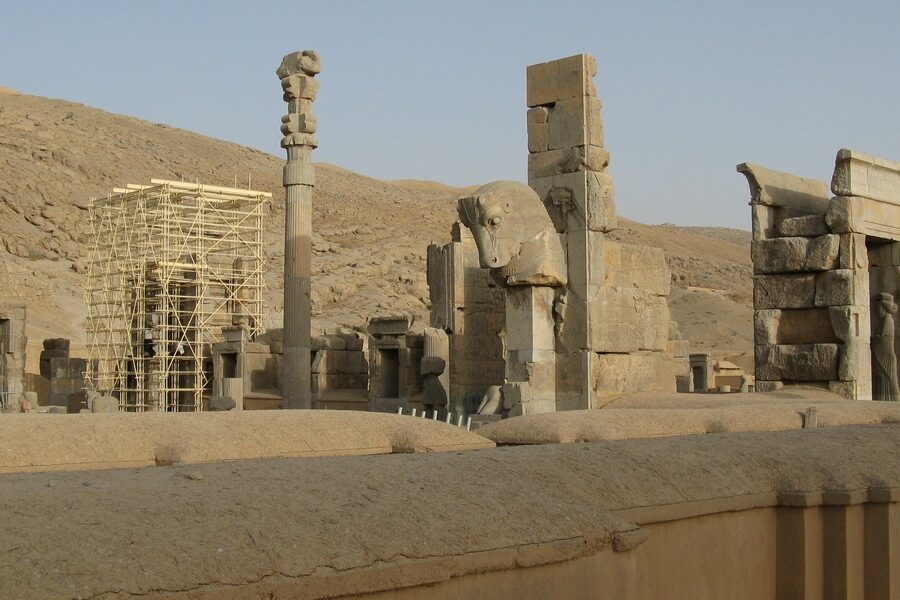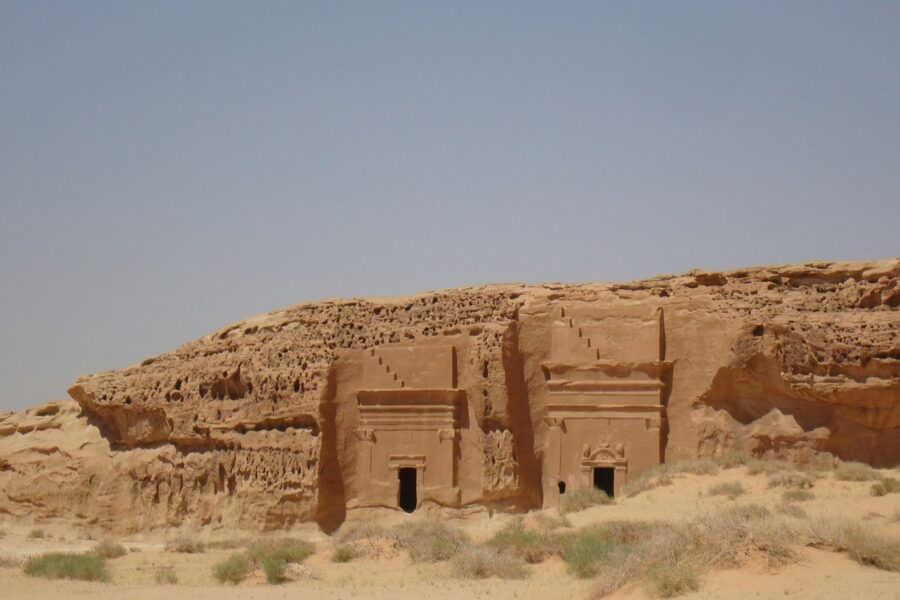Mali, a nation steeped in ancient history and rich cultural heritage, holds a significant place in the narrative of West Africa. For centuries, it was a hub of powerful empires, intellectual prowess, and vital trade routes, leaving behind a remarkable legacy that continues to intrigue historians and adventurers alike.
Exploring Mali’s vast landscape reveals its past through the remaining 10 Ruins in Mali, which span a wide historical and geographical range. From the captivating Abandoned Dogon Villages, nestled dramatically into cliffsides, to the mysterious Tondidarou Megaliths, each site offers a unique glimpse into the civilizations that once thrived here. For each, you’ll find below detailed information on its Location, Historical Period, and Significance, providing a comprehensive overview.
What makes the ruins in Mali historically significant?
Mali’s ruins are crucial historical markers, reflecting its past as the heart of powerful empires like the Ghana, Mali, and Songhai, which dominated trans-Saharan trade routes. These sites, including ancient cities and sacred structures, demonstrate advanced societal organization, architectural innovation, and the profound influence of Islam alongside indigenous belief systems, offering tangible proof of a vibrant and complex pre-colonial African history.
Are these ancient ruins generally accessible to visitors?
While many of Mali’s historical sites are open to visitors, accessibility can vary significantly. Factors like political stability, the remoteness of a site, and local infrastructure can influence ease of travel. It’s always advisable for potential visitors to consult current travel advisories, engage with local tour operators, and ensure they have up-to-date information on security and logistical considerations before planning a trip to these extraordinary locations.
Ruins in Mali
| Ruin Name | Location | Historical Period | Significance |
|---|---|---|---|
| Djenné-Djeno | Near Djenné, Mopti Region | c. 250 BCE – 1,400 CE | One of West Africa’s oldest known cities and a UNESCO World Heritage site. |
| Koumbi Saleh | Near the Mauritanian border, Koulikoro Region | c. 9th – 13th Century CE | Thought to be the sprawling capital of the incredibly wealthy Ghana Empire. |
| Gao-Saney | East of Gao, Gao Region | c. 9th – 12th Century CE | A royal city and crucial trade center that predates the Songhai Empire’s peak. |
| Tadmekka | Adrar des Ifoghas mountains, Kidal Region | c. 9th – 14th Century CE | A key hub on the trans-Saharan trade route, known for minting its own gold dinars. |
| Niani | Near the Guinean border | c. 13th – 16th Century CE | Widely believed to be the legendary capital of the Mali Empire, home to rulers like Mansa Musa. |
| Tellem Cliff Dwellings | Bandiagara Escarpment, Mopti Region | c. 11th – 15th Century CE | Mysterious structures built by the Tellem people, the predecessors of the Dogon. |
| Hamdallahi Ruins | Near Mopti, Mopti Region | 19th Century CE | The purpose-built capital of the short-lived but influential Islamic Massina Empire. |
| Tondidarou Megaliths | Near Niafunké, Timbuktu Region | Prehistoric (date uncertain) | A mysterious megalithic site indicating a sophisticated pre-Islamic culture in the Niger Bend. |
| Ruined Mosque of Gao | Gao, Gao Region | c. 10th Century CE | Represents one of the earliest known mosques in West Africa, marking the arrival of Islam. |
| Abandoned Dogon Villages | Bandiagara Escarpment, Mopti Region | c. 15th – 19th Century CE | Illustrates the historical migration and settlement patterns of the Dogon people. |
Images and Descriptions

Djenné-Djeno
An archaeological mound containing the ruins of a major pre-Islamic city, revealing a rich history of trade, iron production, and sophisticated mud-brick urbanism long before Arab contact.

Koumbi Saleh
The extensive archaeological site includes the stone foundations of homes, a grand mosque, and large tombs, painting a picture of a major center for the trans-Saharan gold and salt trade.

Gao-Saney
This site is known for its large archaeological mound and a royal cemetery with marble tombstones inscribed in Arabic, showing its deep connections to North Africa and the Islamic world.
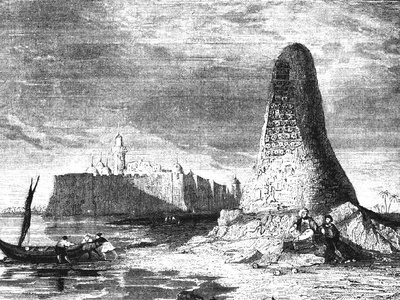
Tadmekka
The ruins of this stone-built desert city include the remnants of houses, mosques, and workshops scattered across a valley, attesting to its former wealth and importance.
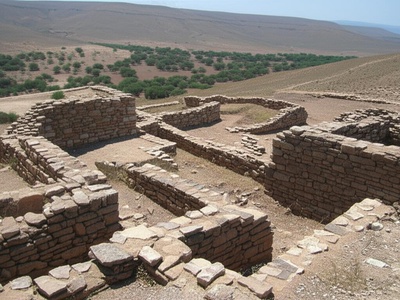
Niani
Archaeological evidence at this site points to a significant settlement, with ruins of stone foundations, fortifications, and dwellings that mark the heart of a vast medieval empire.
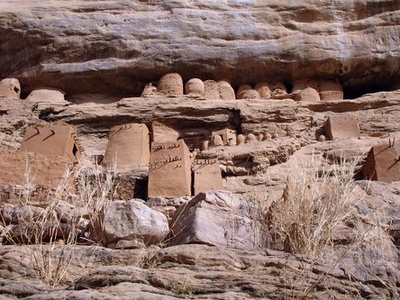
Tellem Cliff Dwellings
These hauntingly beautiful ruins of granaries and burial chambers are built high into the cliff face, showcasing the unique architecture of a culture that has since vanished.
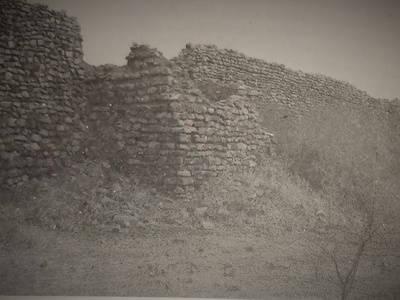
Hamdallahi Ruins
These ruins include the remains of the grand palace, the great mosque, and city walls, telling the story of a powerful theocratic state that was destroyed and abandoned in the 1860s.
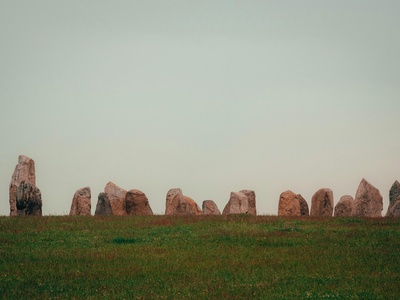
Tondidarou Megaliths
This ancient site features a collection of enigmatic standing stones, some carefully aligned, whose purpose as a ceremonial or astronomical site remains a fascinating puzzle.
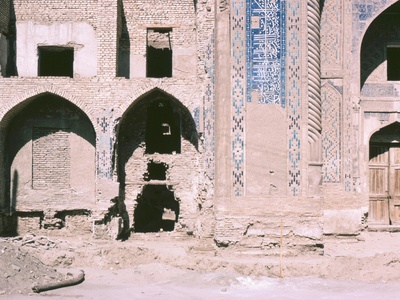
Ruined Mosque of Gao
The stone and mud-brick ruins, including partial walls and the original minaret’s base, provide a rare glimpse into the early Islamic architecture of the Songhai Empire’s future capital.
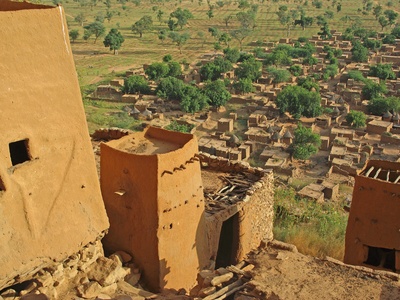
Abandoned Dogon Villages
Entire villages of mud-brick houses and granaries, now empty, cling to the cliffs, serving as silent monuments to past generations who lived in these dramatic, hard-to-reach locations.

